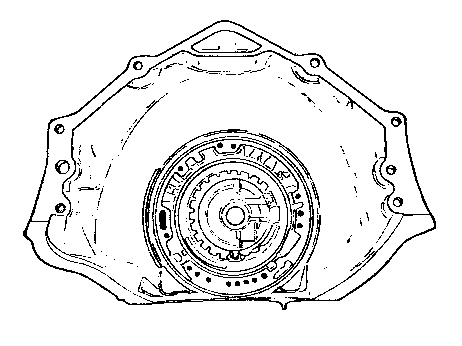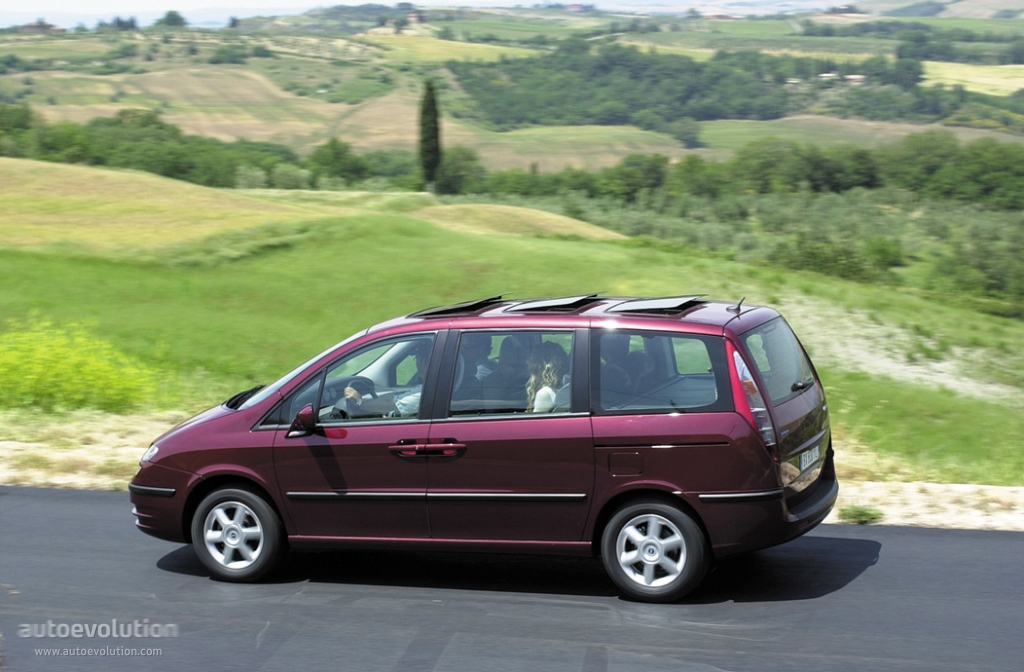
Many report cooling problems with the 4.1L engine due to it having siamesed cylinders much like the GM 400 small block engine. The 4.1L engine shares the same crank with the 3.8L Turbo V6 engines as it also has rolled fillets making it very strong. The 4.1L has the same 3.4" stroke as the 3.8L but has a 3.965" bore as compared to the 3.800" bore of the 3.8L. The 4.1L Buick V6 is also of the same family as the 3.8L V6 and is physically the same size as the 3.8L. According to information obtained from theīuick Grand National mailing list, the heads with casting number: '25518445', have the best flow characteristics for a set of stock heads and the block with casting number: '25526109' is one of the strongest blocks. The Turbo V6's have the strongest crank due to it having rolled fillets.

Turbo Regal Web Site has an excellent history of the Buick V6 that contains block, crank and head casting numbers along with their production years.

The 86-88 FWD engines have mounts for rear wheel drive use also, as well as the luxury of Sequential Fuel Injection (SFI) and tubular exhaust manifolds (though they would have to be slightly modified for rear wheel drive use). Any model rear-wheel drive Buick 3.8L V6 or 86-88 front wheel drive (FWD) 3.8L V6 will work in the Toyota truck. Out of the two core engines that I bought, I am currently using the '84 block, crank, and rods with a set of heads off of the '82 block because the '84 block was missing one of its heads. They have cranks that have almost (0.25") 1/4" more stroke than the factory crank which would produce alot more torque. Because of it's design and rpm characteristics at highway speeds, it will be well within its torque power range and consequently give excellent fuel mileage.įor those who want to build a real 3.8L torque monster engine, stroker cranks are available from a company called Speed-O-Motive. In fact, the cam that I selected is the smallest cam that I could find. Had I chosen a different cam I could have had much higher horsepower numbers but that isn't what a rock crawling motor needs. From these numbers you can tell that I haven't built a racing engine but a torque motor. Having the engine balanced at a skilled machine shop should cure most all of these vibrations and consequently cause the engine to last much longer.Īccording to a computer simulated dyno program that I have, the engine that I have built puts out 270 ft. Most all of this vibration is due to the engine being externally balanced like the GM Small Block 400. Many will also tell you of vibration problems associated with the Buick V6. The Buick V6 also has the distributor in the front of the engine which avoids one problem associated with a 4.3L swap due to it having its distributor in the rear of the engine which can cause firewall clearance problems. The physical difference between these two engines allow the Buick V6 to fit into the small, Toyota engine compartment a little easier than the 4.3L V6, with only a small sacrifice in power over a compartively built 4.3L V6. The 3.8L Buick V6 is a smaller engine, physically, compared to the 4.3L GM V6, but only sacrificing 31 cubic engines. I chose the Buick V6 because it is a very common engine, which is evidenced by the price that I paid for the two rebuildable cores that I bought. A V6 can simply make more power in stock form and remain very reliable.


Whenever an engine is highly modified, you've potentially compromised reliability in the name of performance. Another factor to consider is long-term reliability. While a 22R can be modified to produce an impressive amount of horsepower, it is generally well out of the useable, low rpm range for my use. Even the smallest domestic V6, in stock form, has more useable low rpm torque and horsepower than most "built" 4cyl. If you'd have asked me a year ago if I'd be swapping a V6 engine into my truck, I'd have called you crazy!? But after adding up all the costs and comparing performance gains of the 22R modifications I wanted to perform, I simply could not justify spending that much money for the end result I expected to get.
WILL A CHEVROLET TRANSMISSION BOLT UP TO A BUICK FULL
Well it's hard to believe that this whole engine swap actually started out as a simple cam swap which turned into a head gasket replacement session, then it stepped up to swapping a 20R head/intake onto my 86 22R block with a set of 81-84 dome top pistons and now all the way to a full blown engine swap.


 0 kommentar(er)
0 kommentar(er)
